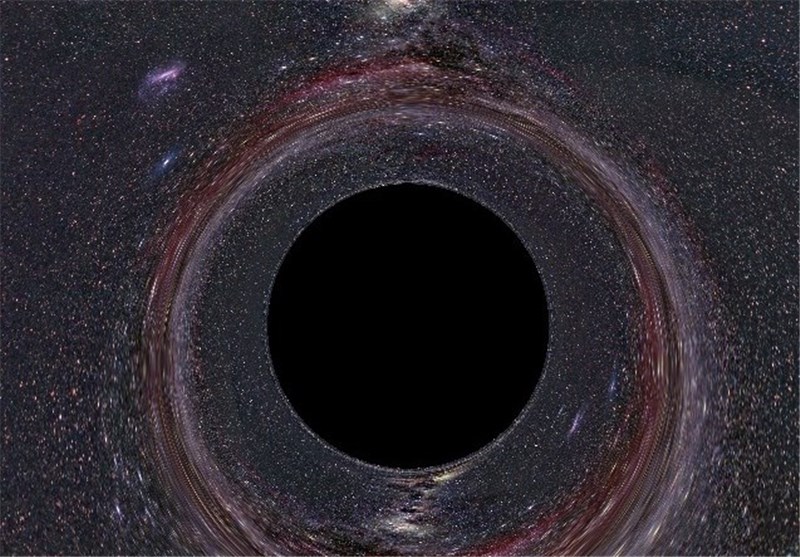Birth of A Black Hole Seen for First Time Ever?
TEHRAN (Tasnim) – Scientists might have seen a black hole being born for the first time ever.
A mysterious bright object that lit up the night sky could have been a black hole or neutron star at the moment of its creation, researchers say.
The bright glow – spotted from Earth, 200 million light years away – appears to have been the debris of a bright star being swirled around the edge of a black hole.
Scientists have been puzzled by the spectacularly bright anomaly spotted deep in space since it was spotted last June. Nicknamed "The Cow", it flared up in the sky and disappeared almost as quickly, becoming a mystery to the researchers who saw it.
But after combining data from a range of different sources, the Nasa-funded scientists say it is the exact moment that a star collapsed into a compact object, forming a black hole or a neutron star. Scientists have never spotted such an event before, and hope they can examine it to understand the physics at play when those huge and dramatic objects are formed.
"We think that 'The Cow' is the formation of an accreting black hole or neutron star," said Northwestern University's Raffaella Margutti, who led the research. "We know from theory that black holes and neutron stars form when a star dies, but we've never seen them right after they are born. Never."
Scientists initially thought that the flash came from a bright star.
"We thought it must be a supernova," Margutti said. "But what we observed challenged our current notions of stellar death."
It didn't appear to be behaving like other kinds of stars. It was as much as 100 times brighter than a normal supernova, and flared up and disappeared much more quickly, flinging out particles so fast that it nearly completely disappeared within just 16 days.
"We knew right away that this source went from inactive to peak luminosity within just a few days," Margutti said. "That was enough to get everybody excited because it was so unusual and, by astronomical standards, it was very close by."
To try and understand more about what was happening, researchers didn't simply look at the star using the usual optical wavelengths. Instead, they pointed X-ray, radio waves and other instruments at it, allowing them to study it long after it had gone dark.
Usually, newly formed black holes are covered in material, which hide the important center. But The Cow was relatively naked, allowing the researchers to peer right into its "central engine" and see the black hole itself.
It also relatively nearby, allowing for a better view.
"Two hundred million light years is close for us, by the way," Margutti said. "This is the closest transient object of this kind that we have ever found."






